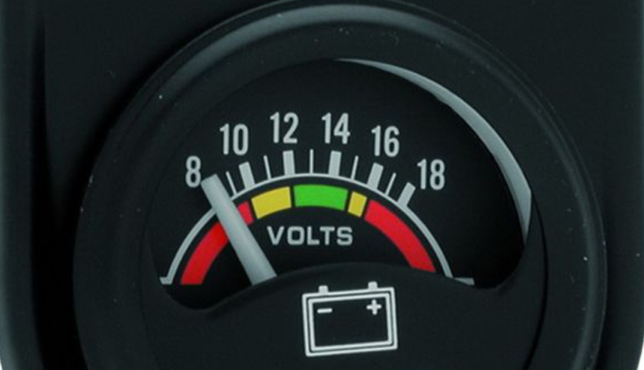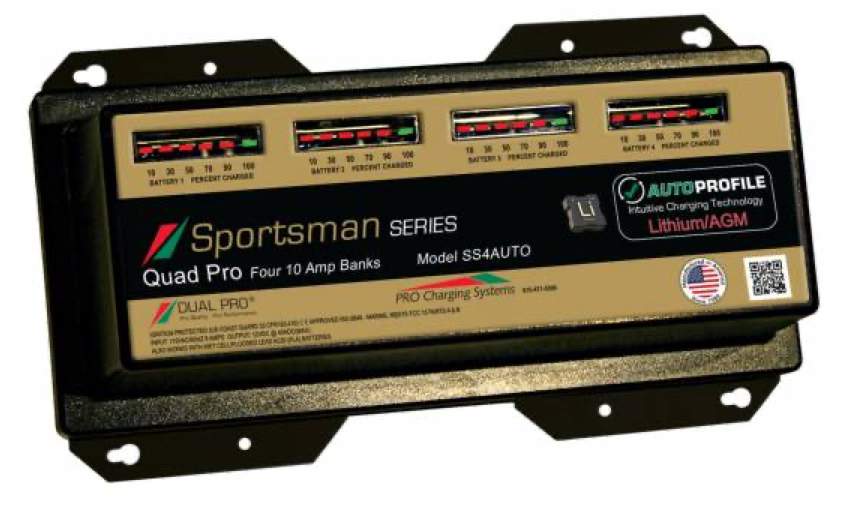About Electric Boats, Part 5: Battery Specifications

Continuing our Tutorial on Electric Boats
When you look at your battery specifications to find the amp hours and other specifications you may find a few references that could be confusing — different kinds of voltage, maximums and minimums for amperages, and other unfamiliar terms.
Voltage
Nominal voltage, for all intents and purposes, is the voltage of your battery. Nominal means ‘named’ — so it is the named voltage of your battery even though the actual measured voltage might be higher or lower. A 48-volt battery might actually be a 51.2V battery when analyzed, but it is easier for everyone to name it (and similar batteries) a 48V battery.

Most nominal 12V batteries like the one in your car or truck put actually max out at 13.8 volts, but they are still “12-Volt” batteries.
Voltage Range
Going back to the electricity as water analogy for a minute, when you draw electricity out of a battery, the ‘pressure’ fluctuates a bit — when you want to increase the power of your motor for instance – and overall it gradually goes down as more electricity is used. At a certain point, there is not enough ‘pressure’ to send the current to the motor.
So the voltage range will give you the maximum voltage you can expect and the minimum voltage. For example, a battery with 48V nominal might have a voltage range of 58.4V to 40V.

Minimum Discharge Voltage
This is the minimum voltage when there is not enough voltage to get the current flowing.
Charge Voltage
This is the voltage the charger will use. If you are buying a battery with a compatible charger you won’t need to worry about it. Almost all electric boat batteries can be charged using a household current (Level 1 charging) and many are designed to be compatible with standard Level 2 electric vehicle fast chargers.
Amperage
Continuous amps will tell you the electric current that can flow out of the battery on a continual basis, the ‘cruise’ amperage.
Maximum amps will tell you the maximum electric current that can flow out of the battery. When you need more power to get through waves or go faster, you will need more amps: Watts = Volts x Amps.
Charge amps or charge current is similar to the charge voltage. It is the current that will flow back into the battery to recharge it, but you will not need to worry about it with a compatible charger.

Amp hours we have already covered, it is the energy storage capacity of the battery.
kiloWatts
Some batteries may specify the kiloWatts, the power rating. Similar to peak power or maximum amps, it is the power the battery can deliver at any single point in time.
kiloWatt hours may be specified as the storage capacity on some batteries but as noted earlier, Ah is the more common designation and can be easily converted to kWh through Volts x Ah = kWh.
Be careful on this — sometimes even manufacturers (or the people in their labeling department) will confuse kW with kWh.
You will also find other specs about your battery like operating temperature range, number of cycles and other things, but these are pretty self-explanatory.